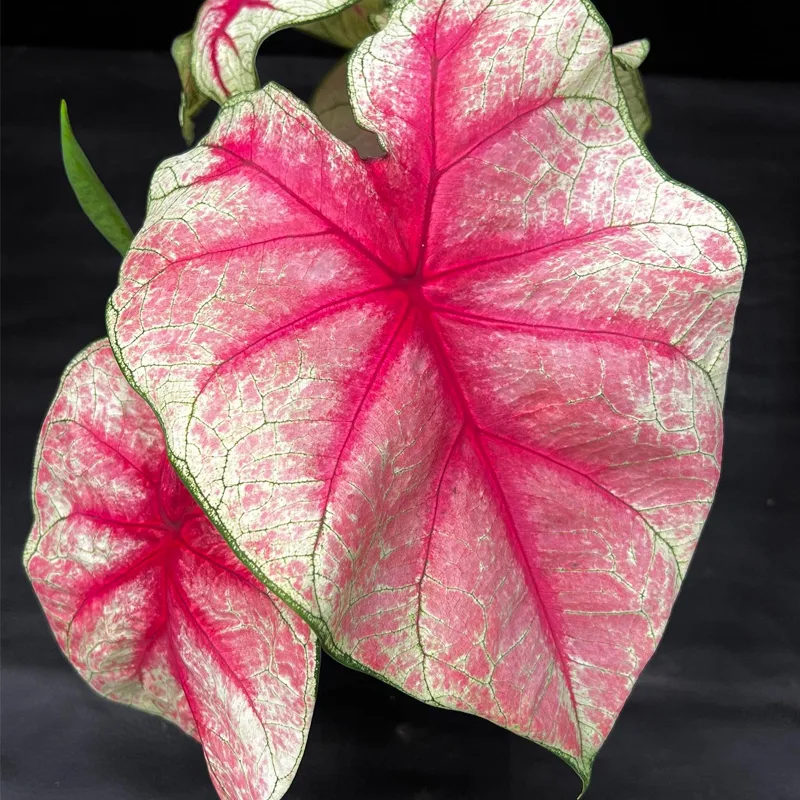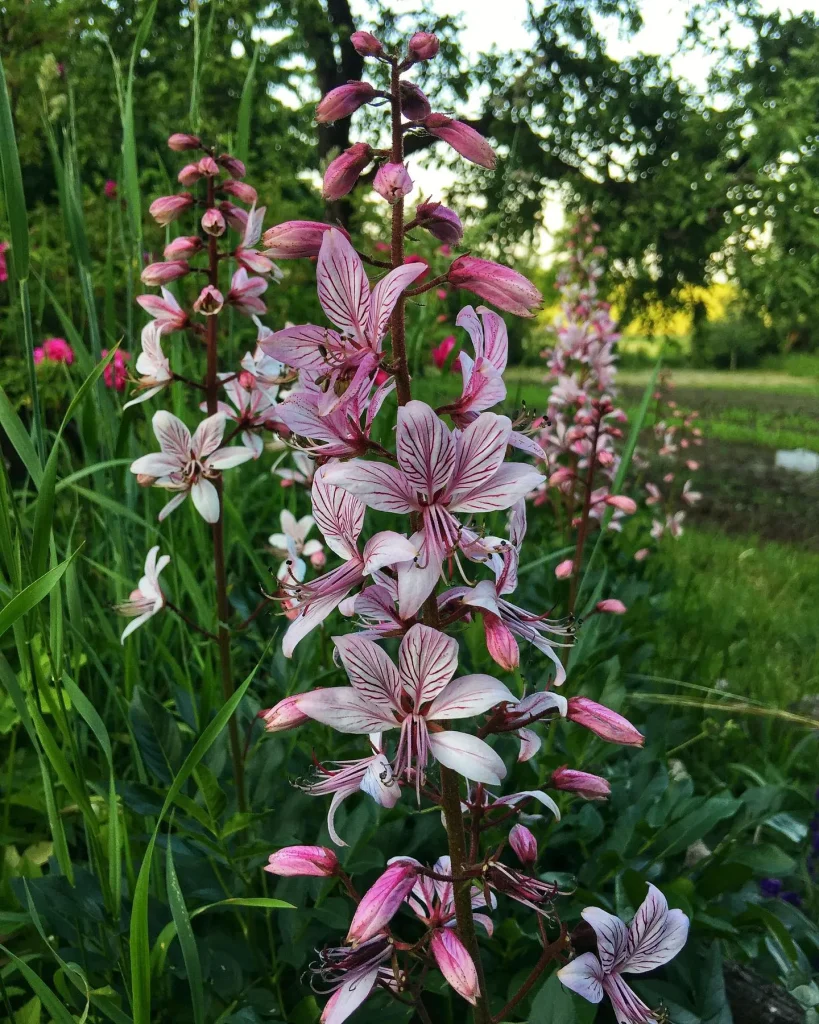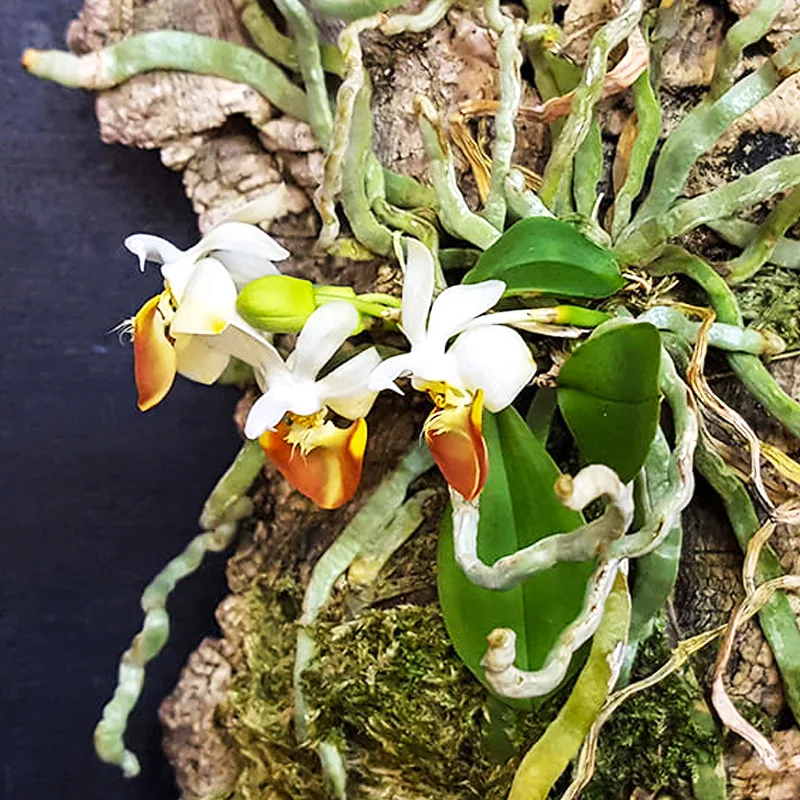Ziziphus: A Thorny Exploration
My name is Ferb Vu, and I’ve always been fascinated by the intricate world of plants. The sheer diversity of forms, functions, and adaptations never ceases to amaze me. Recently, my attention has been captured by a particular genus: Ziziphus. These spiny shrubs and small trees, belonging to the buckthorn family (Rhamnaceae), are a testament to nature’s resilience and ingenuity. They thrive in diverse environments, from tropical rainforests to arid deserts, showcasing their adaptability and tenacity.
What initially drew me to Ziziphus was their unique appearance. The leaves, arranged alternately on the branches, are characterized by three prominent veins originating from their base. Often, these leaves possess an aromatic quality, adding another layer of intrigue to these plants. But it’s the spines that truly set Ziziphus apart. These sharp, defensive structures, arising from the leaf axils, serve as a deterrent to herbivores, protecting the plant from unwanted attention.
A Diverse Genus
The genus Ziziphus boasts a rich diversity, encompassing around 68 species distributed across tropical and subtropical regions of Africa, Eurasia, Australia, and even South America. This wide geographical range speaks volumes about the genus’s ability to adapt and thrive in various ecological niches:
- Ziziphus abyssinica Hochst. ex A.Rich.
- Ziziphus affinis Hemsl.
- Ziziphus andamanica Bhandari & Bhansali
- Ziziphus angustifolia (Miq.) Hatus. ex Steenis
- Ziziphus apetala Hook.f.
- Ziziphus attopensis Pierre
- Ziziphus borneensis Merr.
- Ziziphus brunoniana C.B.Clarke ex A.W.Hill
- Ziziphus budhensis Bhattarai & M.L.Pathak
- Ziziphus calophylla Wall.
- Ziziphus cambodiana Pierre
- Ziziphus colombiana Suess. & Overkott
- Ziziphus cotinifolia Reissek
- Ziziphus crebrivenosa C.B.Rob.
- Ziziphus cumingiana Merr.
- Ziziphus djamuensis Lauterb.
- Ziziphus elegans Wall.
- Ziziphus fungii Merr.
- Ziziphus funiculosa Buch.-Ham. ex M.A.Lawson
- Ziziphus glabrata (B.Heyne ex Schult.) B.Heyne ex Wight & Arn.
- Ziziphus globularis Wall.
- Ziziphus guaranitica Malme
- Ziziphus hajarensis Duling, Ghaz. & Prend.
- Ziziphus hamur Engl.
- Ziziphus havilandii Ridl.
- Ziziphus hoaensis Pierre
- Ziziphus horrida Roth
- Ziziphus horsfieldii Miq.
- Ziziphus hutchinsonii Merr.
- Ziziphus incurva Roxb.Ziziphus Mauritiana
- Ziziphus javanensis Blume
- Ziziphus jujuba Mill. Plant FAQs: Jujube – Ziziphus Jujuba
- Ziziphus kunstleri King
- Ziziphus laui Merr.
- Ziziphus leucodermis (Baker) O.Schwartz
- Ziziphus linnaei M.A.Lawson
- Ziziphus lotus (L.) Lam.
- Ziziphus mairei Dode
- Ziziphus mauritiana Lam. – Plant FAQs: Ziziphus Mauritiana
- Ziziphus melastomoides Pittier
- Ziziphus montana W.W.Sm.
- Ziziphus mucronata Willd.
- Ziziphus nummularia (Burm.f.) Wight & Arn.
- Ziziphus oenopolia (L.) Mill.
- Ziziphus otanesii Merr.
- Ziziphus oxyphylla Edgew.
- Ziziphus papuana Lauterb.
- Ziziphus pernettyoides Ridl.
- Ziziphus poilanei Tardieu
- Ziziphus pubescens Oliv.
- Ziziphus pubinervis Rehder
- Ziziphus quadrilocularis F.Muell.
- Ziziphus ridleyana Rasingam & Karthig.
- Ziziphus rivularis Codd
- Ziziphus robertsoniana Beentje
- Ziziphus rubiginosa D.G.Long & Rae
- Ziziphus rugosa Lam.
- Ziziphus spina-christi (L.) Desf.
- Ziziphus subquinquenervia Miq.
- Ziziphus suluensis Merr.
- Ziziphus talanai (Blanco) Merr.
- Ziziphus timoriensis DC.
- Ziziphus trinervis (Cav.) Poir.
- Ziziphus truncata Blatt. & Hallb.
- Ziziphus williamii Bhandari & Bhansali
- Ziziphus xiangchengensis Y.L.Chen & P.K.Chou
- Ziziphus xylopyrus (Retz.) Willd.
- Ziziphus zeyheriana Sond.
Ecological Importance
Ziziphus species play a crucial role in their respective ecosystems. Their fruits serve as a valuable food source for various animals, including birds, mammals, and insects. The dense foliage provides shelter and nesting sites for birds, while the flowers attract pollinators like bees and butterflies. Furthermore, some Ziziphus species have nitrogen-fixing capabilities, enriching the soil and benefiting surrounding plants.
Economic Significance
Beyond their ecological value, Ziziphus species offer numerous economic benefits. As mentioned earlier, several species are cultivated for their edible fruits, which are consumed fresh or processed into various food products. The fruits are also a good source of vitamins, minerals, and antioxidants. In addition to fruits, some species are utilized for their timber, which is used in construction and furniture making. The bark and leaves of certain Ziziphus species possess medicinal properties and are used in traditional medicine to treat various ailments.
Conservation Concerns
Despite their resilience, some Ziziphus species face threats due to habitat loss, overgrazing, and climate change. Conservation efforts are crucial to ensure the continued survival of these valuable plants. Protecting their natural habitats, promoting sustainable harvesting practices, and raising awareness about their importance are essential steps in conserving Ziziphus for future generations.
Conclusion
My exploration of the genus Ziziphus has been an enriching experience. These thorny plants, often overlooked or considered a nuisance, possess a wealth of ecological, economic, and cultural significance. Their ability to thrive in diverse environments, their valuable fruits, and their role in supporting various organisms highlight their importance in the natural world. As I continue to learn more about Ziziphus, I am filled with a sense of admiration for these resilient and adaptable plants. They serve as a reminder of the intricate connections within ecosystems and the importance of preserving biodiversity.
If i die, water my plants!



